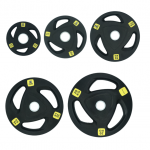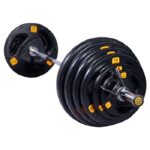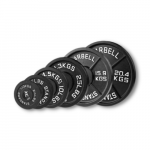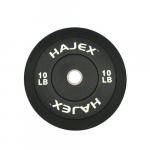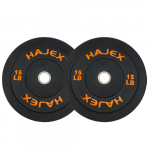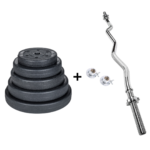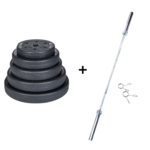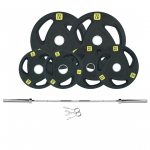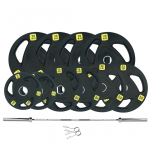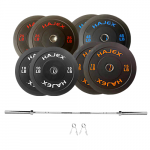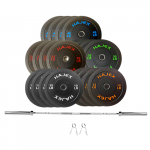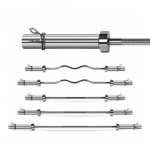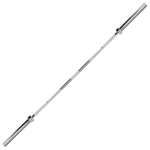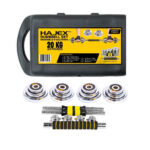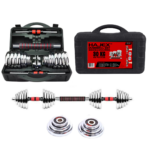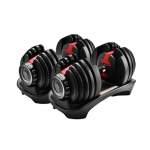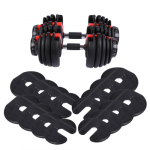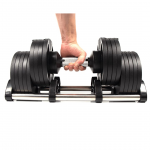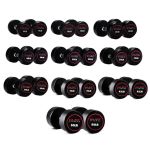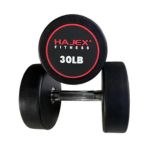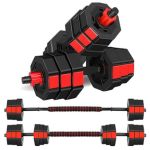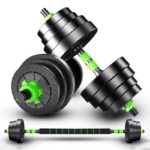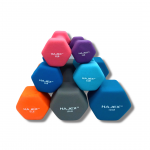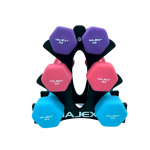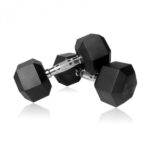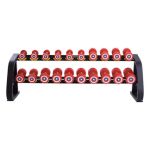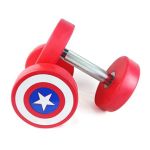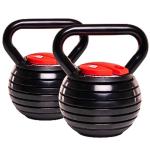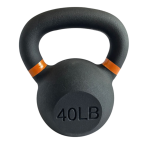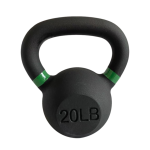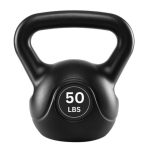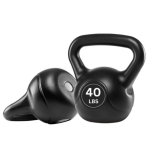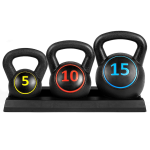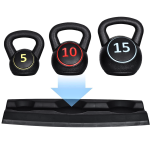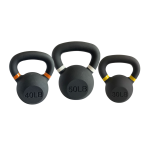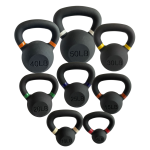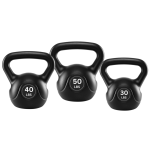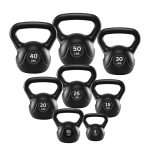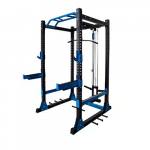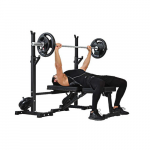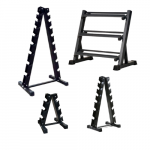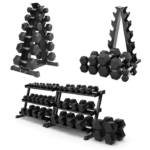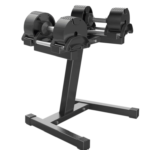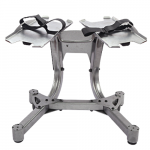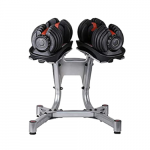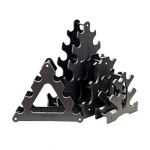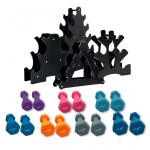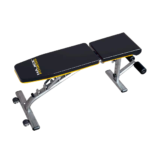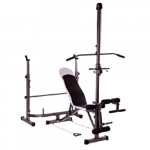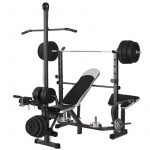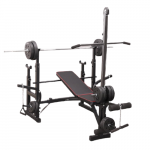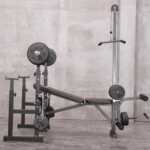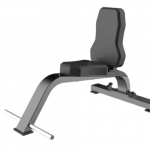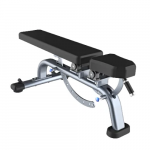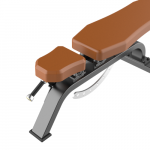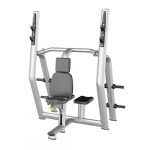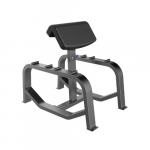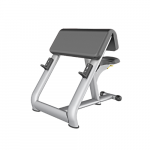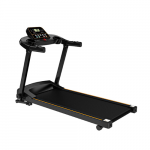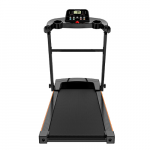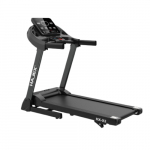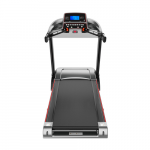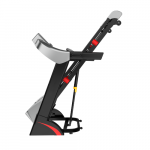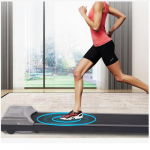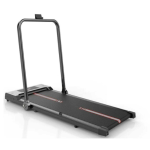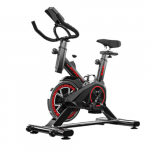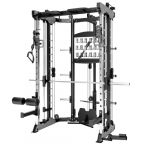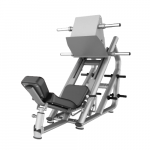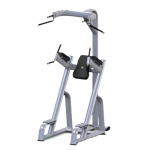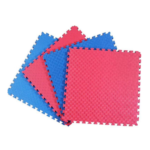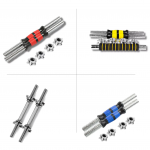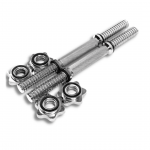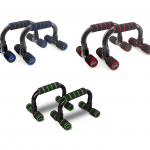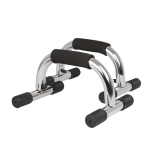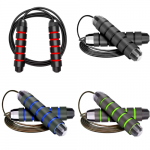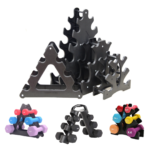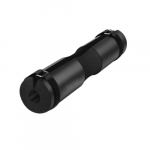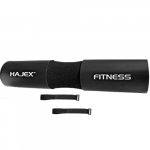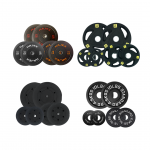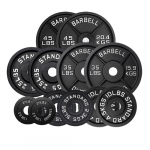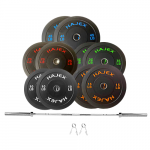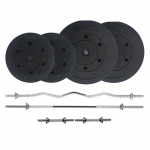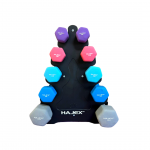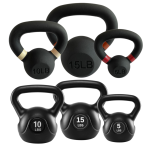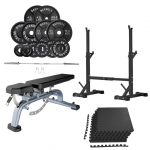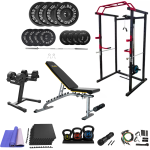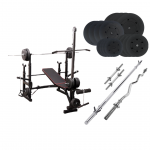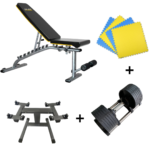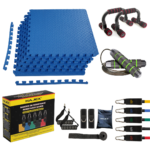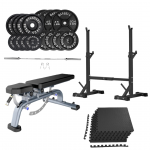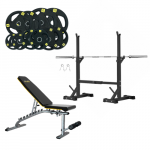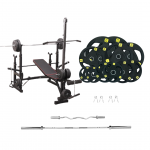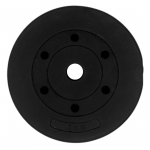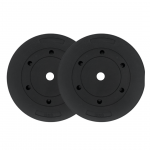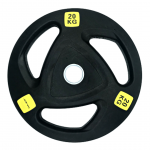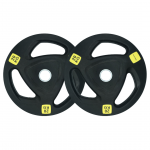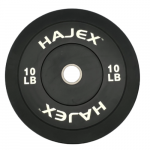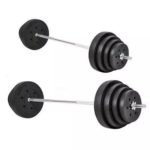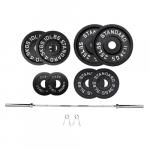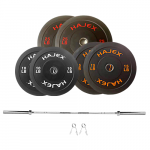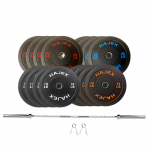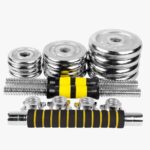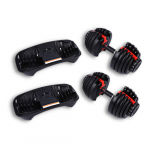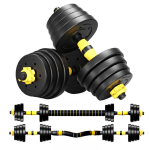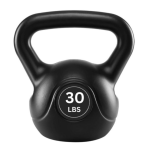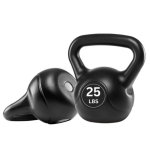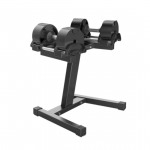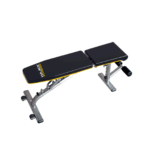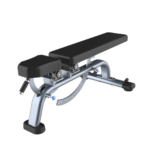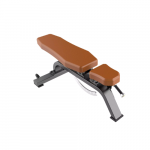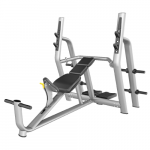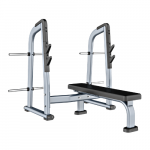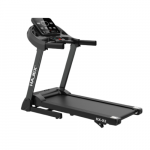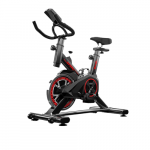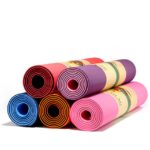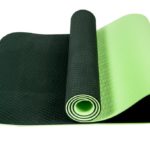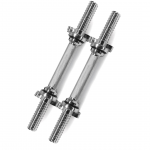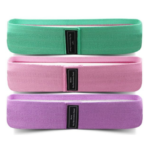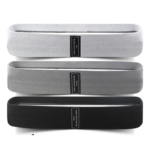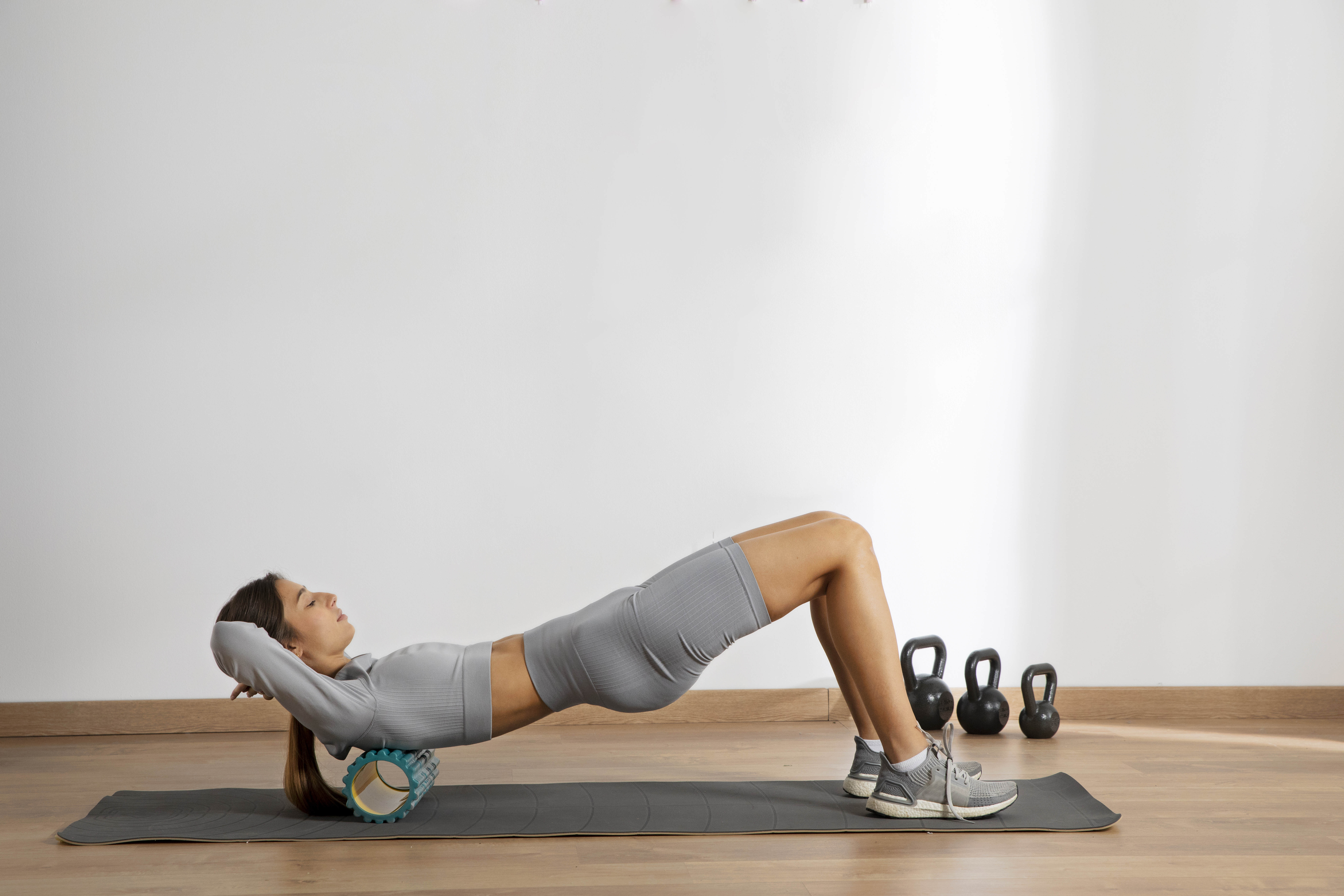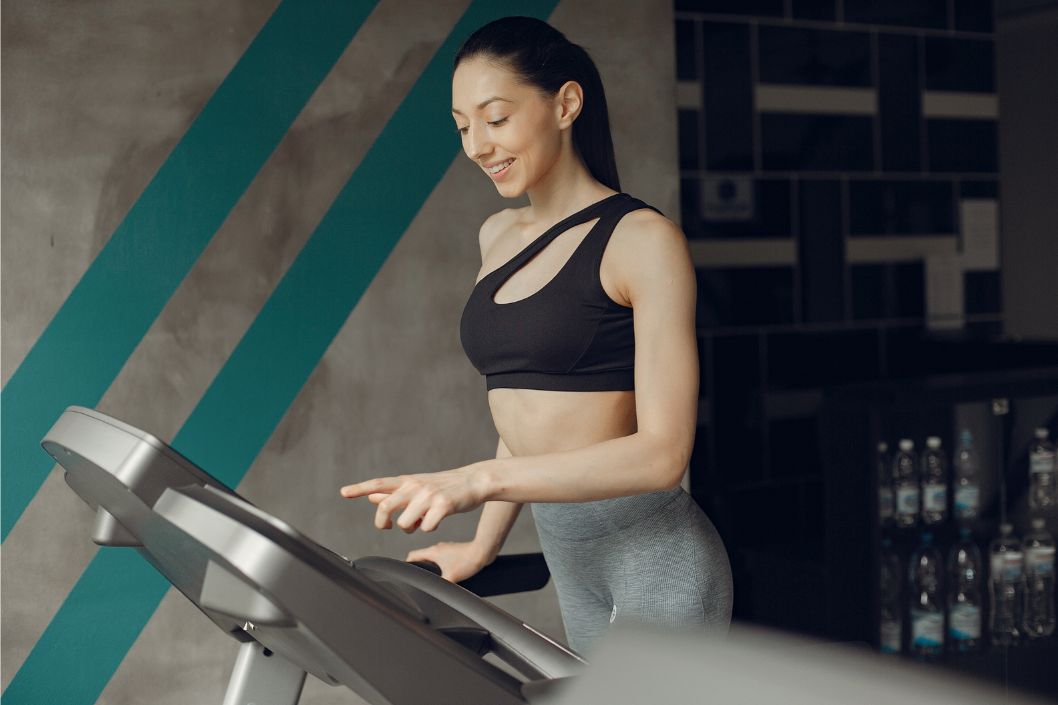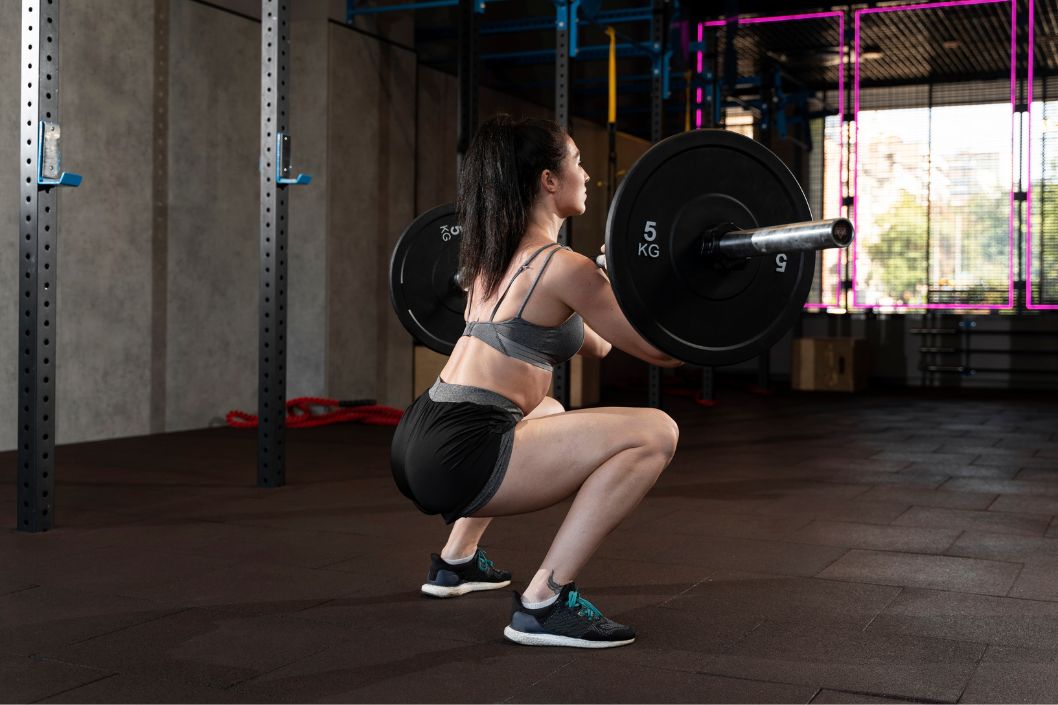Exercise is an essential component of a healthy lifestyle, offering numerous physical and mental benefits. Post-workout recovery is a crucial component of your training program, regardless of whether you’re an experienced athlete, a fitness enthusiast, or a beginner. The foam roller is one device that has become increasingly popular in recent years for use in recuperation. We will examine the role of foam rollers in post-workout recovery and address some frequently asked issues about their use in this article.
It’s crucial to comprehend what foam rolling is and how it works before diving into the advantages of foam rolling for post-workout recovery.

A foam roller is a cylindrical object made of foam or solid plastic that varies in size and density. It functions as a tool for self-myofascial release, which entails massaging and releasing pressure in your muscles and fascia. When fascia, the connective tissue that supports and encircles muscles, gets congested or knotted, it can cause pain and limit mobility.
By rolling the group of muscles you want to target over the foam roller, you can apply pressure to particular body parts. This method of self-massage aids in the relaxation of tense muscles, the reduction of muscle tension, and the enhancement of blood flow to the injured area. It can be performed as a recovery practice on its own, as a warm-up, or as a cool-down.

Benefits of Foam Rolling for Post-Workout Recovery
Reduces muscular Soreness: One of foam rolling’s major advantages is its capacity to lessen muscular soreness after a workout. Due to lactic acid buildup and muscle tension, muscles may become stiff and uncomfortable after a strenuous workout. By releasing muscular adhesions and enhancing blood flow, foam rolling aids in reducing pain and hastening the healing process.
Increased Mobility: Foam rolling can also increase your flexibility as well as your range of motion. You may move more easily by releasing tension in your muscles and fascia, which can enhance your overall performance when exercising and lower your risk of injury.
Improves Muscular Recovery: When you work out, your muscle fibers sustain small micro tears. Your muscles get more powerful and resilient as these tears heal. Foam rolling helps with rehabilitation by enhancing blood flow, which brings vital nutrients to the muscle tissues and speeds up their recuperation.
Prevents and mitigates Trigger Points and Knots: Muscle knots, also known as trigger points, are painful, tightened-up regions of the muscle. These knots can be avoided and relieved by foam rolling, which is a powerful technique. You can relieve the stress and soreness in these regions by applying pressure, which can improve muscle health and lower your risk of accidents.
Foam rolling has a calming and stress-relieving effect that is good for both the body and the mind. After a strenuous workout, the self-massaging approach can be a calming and contemplative activity that can help you relax and de-stress. This unwinding can enhance general health and healing.
Cost-effective and practical: Foam rollers are readily available and don’t need any specialized facilities or equipment. They are a useful and affordable healing aid because they may be used at home, in the fitness center, or even while traveling.
Utilizing a Foam Roller
To get the most out of a foam roller, it must be used properly. Here is a quick tutorial on how to apply a foam roller:

Choose the Correct Density: There are many densities of foam rollers, from soft to stiff. Beginners might wish to begin with a lighter roller and go on to stronger ones as they get more used to the sensation.
Target Particular Muscle Groups: Pay attention to the aching or tight muscle groups. The calves, quads, hamstrings, glutes, and upper back are typical regions to roll.
Apply pressure by placing the foam roller beneath the desired muscle group and rolling it back and forth slowly. Hold the pressure there for 20–30 seconds to alleviate tension when you locate a sore place or knot.
Breathe and unwind: Throughout the procedure, breathe deeply and steadily. While foam rolling, it’s important to remain calm and avoid tensing up.
Gradually raise Intensity: You can gradually raise the intensity of foam rolling by using tougher rollers or exerting more pressure as you get more accustomed to it.
Roll Controllably: Roll carefully and slowly to help the muscle relax and release.
Keep Being Consistent: Consistency is essential. To achieve the optimum effects, include foam rolling in your usual post-workout routine.
Conclusion
Foam rolling is a useful post-workout recovery technique that has a number of advantages, including a reduction in muscular soreness, increased flexibility, accelerated muscle repair, and relaxation. It may be a quick and affordable supplement to your training program and is accessible to people of all fitness levels. Always remember to exercise with the appropriate form, maintain consistency, and seek medical advice if necessary. You may speed up your recovery and promote your general fitness and well-being by including foam rolling in your post-workout regimen.
Frequently Asked Questions (FAQs)
1. How frequently should I use foam roll?
Depending on your degree of activity and the rigor of your workouts, you may foam roll more or less frequently. In general, foam rolling is advantageous to do after each workout. However, you might think about foam rolling on rest days as well if you have a really demanding or hard training session.
2. Is foam rolling appropriate for beginners?
Absolutely. People of all fitness levels, including beginners, can use foam rolling. As you advance in your fitness journey, it can be a useful addition to your workout program, assisting you in recovering more effectively and avoiding injuries.
3. Can foam rolling take the role of stretching?
Stretching and foam rolling have different benefits, but they can work well together. Stretching increases flexibility whereas foam rolling concentrates on myofascial relaxation and muscle tension. It might be very beneficial to incorporate both into your post-workout regimen.
4. Can I use a foam roller if there are any restrictions?
It’s crucial to speak with a healthcare provider before utilizing a foam roller if you have specific medical concerns or injuries. Foam rolling may not be appropriate for some medical conditions, such as thrombosis of the deep veins or severe muscle injuries. Always put your safety first, and if you are experiencing any worries, seek medical advice.
5. Should I foam roll before working out?
Instead of being done prior to exercise, foam rolling is frequently more effective when done within the framework of a warming up or cool-down routine. By boosting blood flow and range of motion, it can help your muscles get ready for exercise, but it shouldn’t take the place of an appropriate warming up which involves vigorous stretching and light cardiovascular activity.
6. How much time should I devote to foam rolling?
Depending on your demands, the length of your foam rolling session can change. Spend roughly 10-15 minutes foam rolling your main muscle groups after a workout as a general rule. Don’t rush the process; instead, concentrate on the tight or painful places. Quality is more important than quantity.
7. Can foam rolling help with specific problems like plantar fasciitis or IT band syndrome?
Foam rolling can relieve symptoms of ailments like plantar fasciitis and IT band syndrome by focusing on the trouble spots and releasing tension. However, it’s crucial to utilize good form and get advice from a healthcare provider for detailed instructions on how to use foam rolling to treat these problems.
